And Hindus should note that Kerala Govt is usurping these crores of rupees which belong to Hindu temples ! Wake up Hindus, unite and establish Hindu Rashtra to change this situation ! – Editor, HJS website
Kochi : It may not be the best of comparisons, and it does give an unflattering picture of the state’s public sector. But then the muchvaunted PSUs can’t really hope to compete with Gods.
Well, here is it – if the 42 public sector undertakings in the state together make Rs 200 crore a year in revenues, the four devaswom boards can boast of Rs 1,000 crore in annual revenues.
The richest devaswom is, undoubtedly, Guruvayur Devaswom, followed by Travancore, Malabar and Kochi. Sree Guruvayurappan Temple has total assets worth Rs 2,500 crore and makes about Rs 400 crore in both cash and gold annually, according to unofficial estimates.
The Travancore Devaswom Board (TDB), which manages about 1,240 temples, closely follows Guruvayur. It has assets worth roughly Rs 700 crore, according to official sources, and has no accurate revenue figures. Of this about 25 temples make money for the upkeep of the rest, topped by Sabarimala hill shrine which rakes in Rs 200 crore in annual revenues. This is followed by Chettikulangara Devi Temple that brings in Rs 100 crore annually, and Ettumanoor Siva Temple with about Rs 60 crore.
“From the Rs 200 crore we generate from the Sabarimala temple, Rs 100 crore is spent on other temples under the board,” said a TDB official.
Only about 100 temples under TDB can manage on their own. However, assets each temple receives as donations and gifts are kept in safe custody. Gold and silver ornaments, precious stones, and other assets of these temples are kept under double lock and round-the-clock security in strong rooms under 18 sub-groups of the board.
But over the past 15 years, the TDB has not been able to verify the assets kept in these strong rooms. The demand for periodic inspection and verification has not been done due to the lack of an efficient system to manage the assets.
The Malabar Devaswom Board (MDB), meanwhile, tops in the list of the number of temples under its management at 1,337, and comes third in revenue terms, making about Rs 80 crore annually.
While figures for individual temples are not available, Kadambuzha Sree Parvathi Temple is considered the richest deity under its administration. Sources at the MDB said that there has been at least a 30% increase in revenues annually.
Temples of 26 taluks in Kozhikode, Kannur, Palakkad, Thrissur and Malappuram districts come under the MDB. The area has been divided into five divisions, namely Kasargod, Thalassery, Kozhikode, Malappuram, and Palakkad. Most of the temples bank on special offerings to meet their expenses.
The Cochin Devaswom Board, which manages 403 temples, brings up the rear with revenues totalling Rs 50 crore. As with other devaswoms, only a handful of temples under CDB can meet their expenses. With an annual income of around Rs 6 crore, Chottanikkara Devi Temple tops thelist. 3
Source : The Times of India

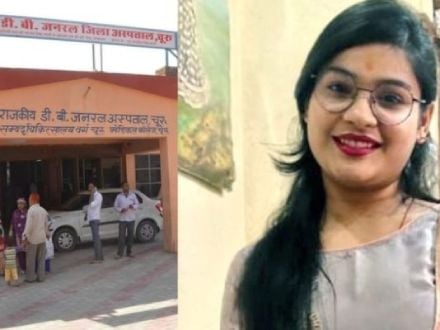 Rajasthan: Woman found hanging at a beauty parlour, Arshad, 3 others booked
Rajasthan: Woman found hanging at a beauty parlour, Arshad, 3 others booked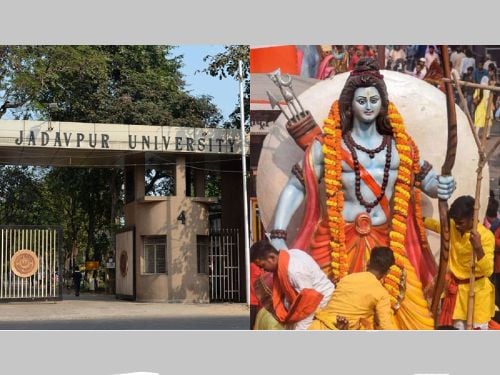 Jadavpur Univ revokes permission to celebrate Ram Navami on campus after granting it
Jadavpur Univ revokes permission to celebrate Ram Navami on campus after granting it Andhra Pradesh: Farooq kills mentally challenged Hindu man for insurance money
Andhra Pradesh: Farooq kills mentally challenged Hindu man for insurance money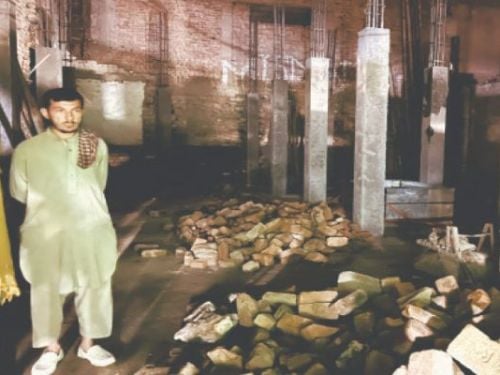 Pakistan: Ancient Hindu temple in Khyber Pakhtunkhwa demolished for commercial complex
Pakistan: Ancient Hindu temple in Khyber Pakhtunkhwa demolished for commercial complex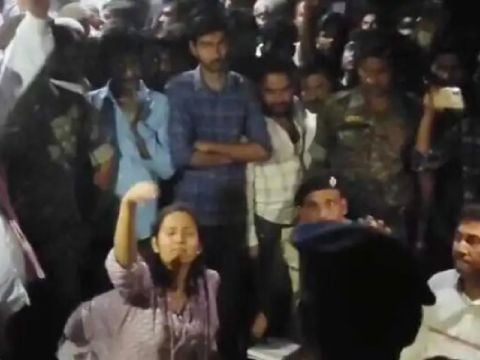 Bihar: Goddess Bhagavati Temple in Araria vandalised and deities damaged
Bihar: Goddess Bhagavati Temple in Araria vandalised and deities damaged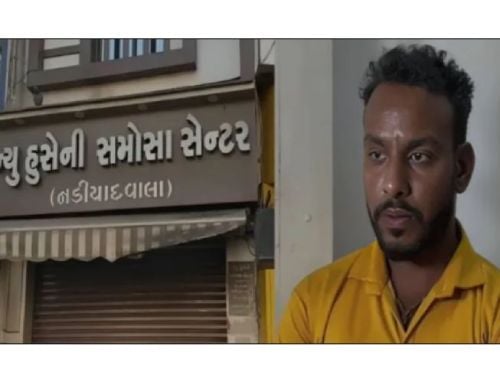 Vadodara: Beef supplier Imran Qureshi arrested in beef-stuffed samosa case
Vadodara: Beef supplier Imran Qureshi arrested in beef-stuffed samosa case
None of Kerala’s so called Hindu leaders have any guts. In fact, no Hindu leader in India has any guts to take action.